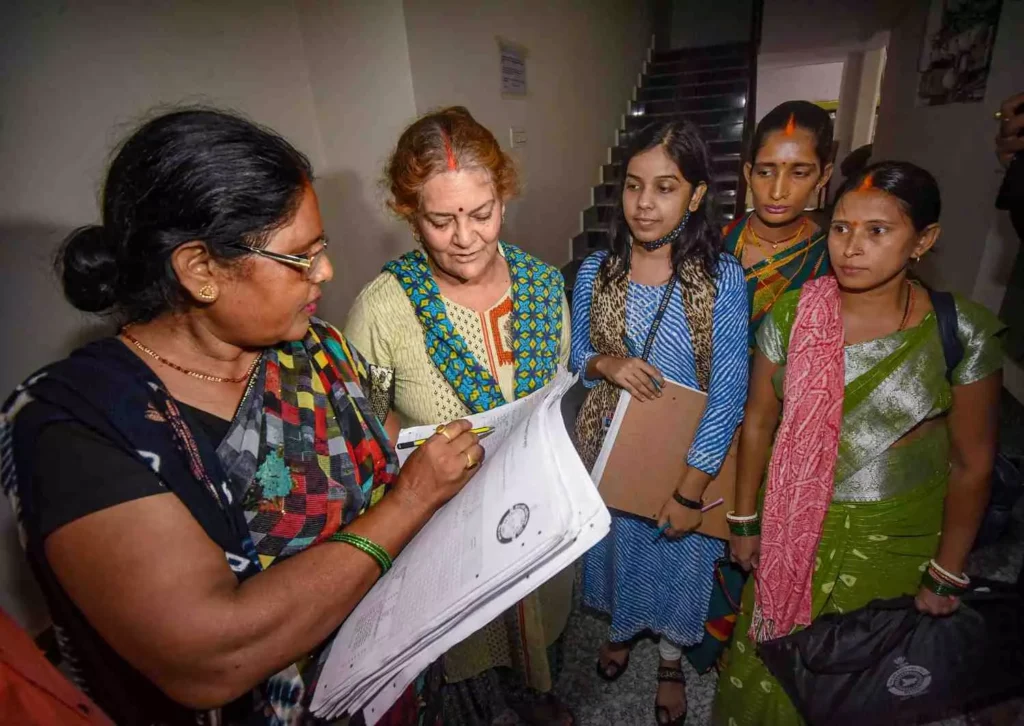The caste census in India has sparked a lengthy debate. People have different opinions about whether it will have good or bad effects. It could lead to both. Supporters believe the census will help disadvantaged groups and be a game changer. However, opponents argue that it gives false hope to these same groups. The term “caste” comes from the Spanish word “caste,” which means “race” or “hereditary group.”
Amidst rampant speculation this week about a war with Pakistan following the tragedy in Pahalgam, the Modi government did a turnaround and chose to include the caste census in the 2021 census, a move that sparked surprise. While the government will include the caste census in the coming national population census, its timing has not yet been announced.
The last national data collection was the 2011 Socio-Economic and Caste Census (SECC), which assessed households’ socio-economic conditions and included caste information.
Why did the Modi government decide to go for the caste census? Those who oppose argue about the dangers around caste in the census. They point out that while case-based reservation has benefitted some, it has also been a bane and not a boon.
The BJP and the RSS opposed the measure, but the Congress party and other political factions supported it. The RSS said the caste census helps address the welfare needs of people but cautioned against using it for campaigning and electoral purposes. The decision was made after a decisive meeting between PM Modi and RSS chief Mohan Bhagwat, following extensive discussions within the Sangh.
The Apex Court initially ruled against including castes in the census but later allowed it. The Modi government had informed the Supreme Court decisively that it had decided not to go for a caste census.
The question of which political party will benefit electorally most from the caste census is a key factor in the ongoing debate. It could change the political landscape.
The timing of the Modi government’s decision was well ahead of the Bihar Assembly, scheduled for later this year. Caste plays a key role in Bihar politics. By endorsing caste enumeration in Bihar, the Modi government aims to counter opposition narratives on social justice.
Understanding the historical context of the caste census is crucial. From 1881 to 1931, during British rule, caste enumeration was included in the census. During the British colonial period in India, they conducted a census for administrative and demographic purposes without collecting data on castes. The government did not publish the 1941 data due to World War 2. After Independence, there was no caste-based census during the Jawaharlal Nehru’s time. In 1980, his daughter, Indira Gandhi, created a slogan to fight caste-based politics. Today, her grandson, Rahul Gandhi, uses the phrase “Jitni abaadi, utna haq” to discuss caste issues.
In 1979, the Mandal Commission was established and gained popularity over time. Prime Minister V.P. Singh implemented a 27 per cent reservation for OBCs in government jobs, based on its report after a decade. It resulted in the emergence of many backward-class leaders like Nitish Kumar, Lalu Yadav, Deve Gowda, Mulayam Singh Yadav, Kalyan Singh, and Chouhan, among others. Singh lost his government after a shrill uproar from the students. There was social unrest.
Vajpayee’s government did not opt for a caste-based census in 2001. However, in 2010, the Manmohan Singh government conducted a survey based on economic factors. The 2021 census has been delayed due to the pandemic.
Conducting a caste census involves multiple challenges. They include ideology, leadership, elections, and social impact that could affect communities.
Karnataka, Bihar, and Telangana conducted the exercises in 2015, 2022, and 2024, respectively. Maharashtra, Odisha, and Jharkhand assemblies approved a resolution supporting a caste census, while Bengal disagreed.
Since 1951, the census has only counted Scheduled Castes (SCs) and Scheduled Tribes (STs). This lack of information complicates the creation of effective policies.
In 1961, the central government allowed states to create their own lists of Other Backward Classes (OBCs). The last national caste data collection was the 2011 Socio-Economic and Caste Census (SECC), which assessed households’ socio-economic conditions and provided insights into the status of different caste groups in India.
Congress leader Rahul Gandhi has been batting for a caste census for some years. It has been one of his election planks in general elections. In claiming the caste enumeration, Congress also pointed to Gandhi’s persistent demand for caste data, which was voiced in Parliament, public rallies, and election campaigns.
There are many supporters and opponents of the caste census.
Supporters claim that only the census can provide the figures necessary to map inequality by caste. Also, the national census is the only credible source for the caste census.
The caste system could help us re-think reservation politics. The new data might lead to more reservations in education and jobs. It could provide crucial data for targeted social welfare policies, ensuring equitable resource distribution and monitoring the effectiveness of affirmative action. (IPA Service)

 Global Weapons Industry Is Witnessing An Unprecedented Growth
Global Weapons Industry Is Witnessing An Unprecedented Growth 